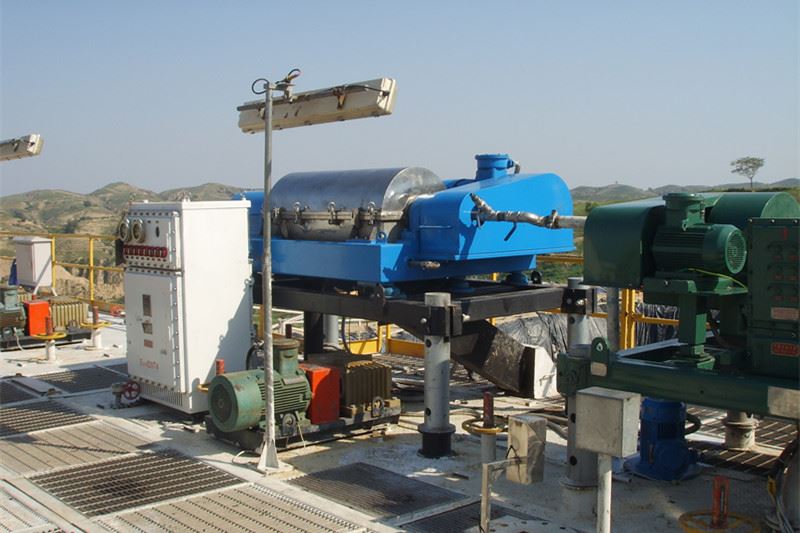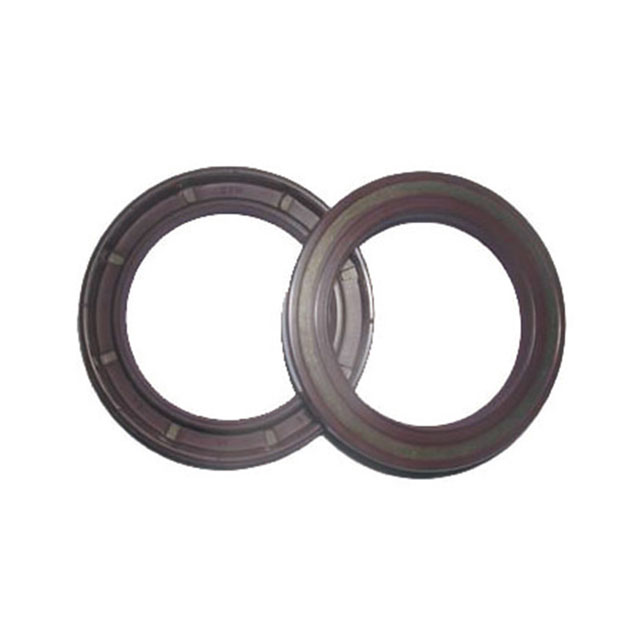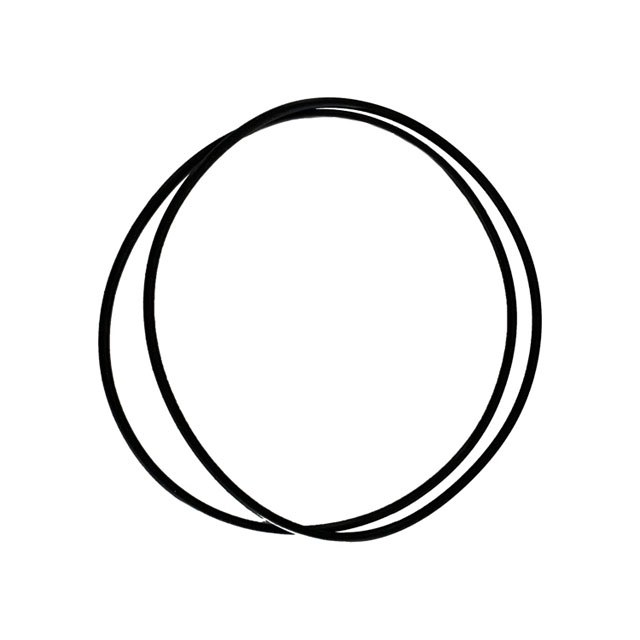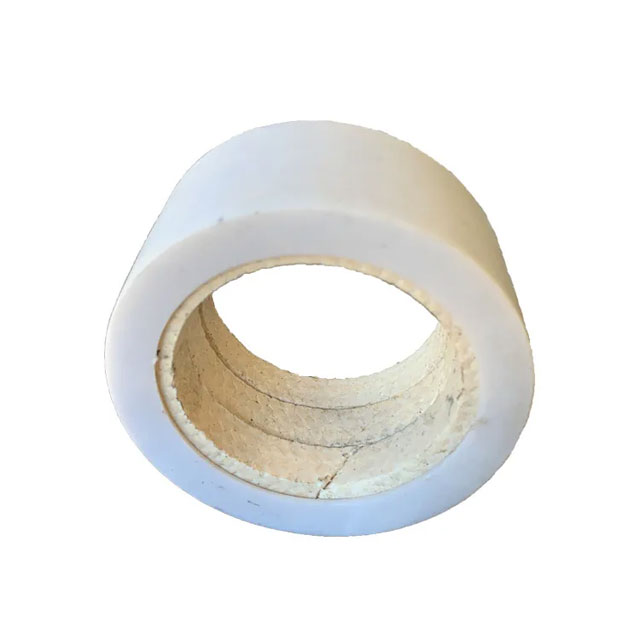WeChat: 86-13735815206 / 86-17392256505
Phone: 86-29-88680837
Mail: sales@hlsolidscontrol.com
Add: Room 804, Building 1, Western Cloud Valley Phase II, Fengxi New Town, Xixian New District, Shaanxi Province
What is the daily maintenance of centrifuge
What are the daily inspection and maintenance of drilling fluid centrifuge?
1. What are the main requirements for the inspection of the centrifuge?
1). Check whether all nuts, bolts, and washers are loose, and whether the shield is loose.
2). Check whether the connecting parts are loose, whether the moving parts are jammed or abnormal.
3). Check whether the contacts of each line of the circuit system are reliable.
4). Check whether there is oil leakage in the differential and fluid coupling, and whether each bearing should be greased.
5). Whether the clean water valve and the feed valve are in the correct position.
2. What are the main requirements for the maintenance of the centrifuge?
1). Before starting the centrifuge for the first time after being out of service for a long time, the centrifuge should be flushed according to the commissioning requirements, otherwise it will cause severe vibration.
2). When the rotation speed of the main drive motor reaches 80-90%, the drum must start to rotate, otherwise it must be stopped immediately to check whether the oil level of the coupling is correct and whether the drum is jammed.
3). When the coupling is in operation, the working oil temperature shall not exceed 90°C.
4). The melting temperature of the fusible plug of the coupling is 125°C. When the oil temperature exceeds 125°C due to overloading of the centrifuge, the fusible plug will melt, causing the oil in the coupling to spray out and play a role in overload protection.
After the fusible plug is melted, it should be replaced with the original specification product. Never use bolts to replace the fusible plug.
5). After each use, flush the inner wall of the drum with boiling water in accordance with the shutdown operating regulations. If you need to open the lid for flushing, please pay attention: When cleaning the underflow nozzle on the small end of the drum, your fingers should not be inserted into the hole, because after the roll cover stops rotating, the rotary conveyor may still be rotating, and the fingers may be cut off if they are inserted!!!
6). The flow of drilling fluid must not exceed the designed processing capacity of the centrifuge, otherwise it is easy to cause overload and cause the safety pin to shear or the clutch to slip off.
7). When the viscosity of the drilling fluid at the inlet of the centrifuge exceeds 38 seconds, the centrifugal separation effect will become poor. At this time, add an appropriate amount of water to dilute at the inlet to reduce the viscosity of the large funnel of the drilling fluid to less than 35 seconds.
8). The operator should check and watch the bearing seat temperature at both ends, the temperature of the differential and the sand discharge condition frequently. If the sand discharge is in the form of thin mud and can flow automatically and continuously, the centrifuge has a good separation effect and the load is lighter. This is very beneficial to prolong the service life of the centrifuge.
When the sand is discharged intermittently in large clumps and is relatively dry, it means that the sand content in the drilling fluid is too large. At this time, the centrifuge load is heavier and should be properly diverted. . Otherwise, it will cause the main engine to shut down due to overload or the temperature of the main bearing and differential will rise.
Similarly, when the temperature of the main bearing or the differential is found to rise, it also indicates that the sand content in the drilling fluid is too large and should be properly diverted.
9). When using the centrifuge below zero in winter, unscrew the drain bolt at the large end of the drum after stopping the machine, and drain the liquid thoroughly. Tighten the drain bolt immediately after draining, so as not to affect the next use.
10). It is not allowed to open the roller guard and belt guard during operation. For some reason, the roller guard and belt guard must be re-fixed firmly after being opened.
11). When opening the cover of the drum for maintenance or repair, you must pay attention to protecting the nozzle at the small end of the drum, because the nozzle is made of cemented carbide, which is hard and brittle. It is absolutely not allowed to pry or smash the nozzle, and it is also not allowed when the auxiliary machine is rotating.
Put the stick or finger into the nozzle, because at this time, although the roller stops, but the propeller is still rotating, sticking into the stick will squeeze the nozzle, and the fingers will be cut off!
12). If the safety pin is cut, it must be replaced with a pin of the same diameter made of Q235. After the centrifuge is used, it must be flushed and shut down in the order specified in the operating regulations, otherwise it will cause the centrifuge drum and thruster to jam.
13). It should be ensured that the solid phase discharged from the sand discharging tank can be smoothly discharged out of the tank, because the amount of sand discharged by the centrifuge is very large. If the solid phase accumulates in the sand discharging tank, it will quickly block the sand discharge port of the drum, causing the drum Hold to death.
14). Pay attention to the rigidity of the tank surface where the centrifuge is installed to prevent resonance.
15). When reinstalling after moving, check that the main and auxiliary motors rotate in the same direction as the arrow, and the motor rotates incorrectly, and the centrifuge will not discharge sand.
16). When transporting and installing the centrifuge, pay attention to protecting the liquid inlet pipe, because once the liquid inlet pipe is bumped and bent, the drum will be worn and broken.
17). The large end of the centrifuge drum is equipped with 6 half-moon discs. If you need to disassemble it, please put it back in order. They cannot be interchanged at will, so as not to damage the dynamic balance accuracy of the drum and cause the centrifuge to vibrate violently.
18). Bearing lubrication: The centrifuge has four lubrication points, two main bearings and two support bearings of the screw pusher. Use 2# lithium grease. Add oil once every 100 hours without running. The main bearing must be oiled.
Open the drain oil bolt under the main bearing, and fill the oil until the grease overflows. The screw thruster bearing can be injected 10 times with a grease gun.
19) Differential lubrication: N22 hyperbolic gear oil is used for the differential in winter and N28 hyperbolic gear oil in summer. The running-in period of the new differential is 150 hours, and the oil must be changed at that time, and the inner cavity of the differential should be cleaned with diesel several times before adding new oil.
After every 500 hours of operation, the new oil should be replaced according to the above method, and the 100-mesh screen should be used for filtering when refueling. 150 hours to clean the iron filings or debris adsorbed on the magnetic plug. The method of checking the amount of fuel each time is as follows: After fueling, turn the fuel filler hole to a level of about 45 degrees. If the fuel has just spilled, it means that the fuel has been filled.
20). Oil for hydraulic coupling: Generally, 20# or 30# turbine oil is added to the hydraulic coupling. The amount of oil added should not exceed 80% of the volume at most, and should not be less than 60% at least. New oil must be replaced every 5000 hours of operation.
More related knowledge: What are the operations of drilling fluid centrifuges?



